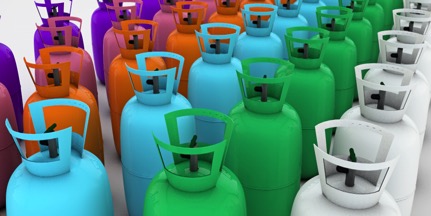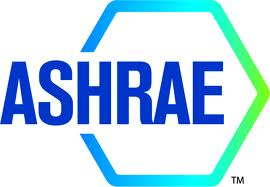At first it may seem like one of the driest topics around, but I remember finding a presentation on refrigerant history and nomenclature I attended a few years back to be quite interesting. I started writing this article focusing on just the nomenclature, but it soon became apparent that without some of the history it didn’t make near as much sense. Therefore, I present our first two part series, Refrigerant History and Nomenclature.
Many accounts will trace refrigerants all the way back to the mid-1700s when scientists were doing early experiments with evaporation and noticing that the temperature would drop significantly. About 100 years later, the first commercial refrigeration machines were developed in Australia. Within another 50 years (we’re around 1900 now), vapor-compression cycle refrigeration has spread to most of the industrialized nations.
These early refrigerators used quite a range of refrigerants. Engineers struggled with finding a substance that behaves the way they needed it to (in terms of when to boil and when to condense) while also not being flammable and/or toxic. In the 1920s a group of scientists focused on using fluorine as the basis for a new refrigerant that would not be as flammable or toxic as previous substances. They were successful and developed chlorofluorocarbon (CFC) refrigerants with the most popular being R-12. In the 1970s, it was determined that the chlorine part of the CFC refrigerant was harming the ozone layer by breaking ozone molecules (O₃) into oxygen molecules (O₂). The Montreal Protocol, which went into effect in 1989 set out a plan to ban the production CFC refrigerants. Engineers now needed a substance that wasn’t just non-flammable and non-toxic but also didn’t deplete the ozone layer.
To replace CFC’s, the industry came up with hydrochlorofluorocarbon (HCFC) refrigerants. R-22 is one of the most well recognized HCFC refrigerants and sometimes referred to by its brand name, “Freon.” These too, had environmental concerns and were ultimately replaced by hydrofluorocarbon (HFC) refrigerants such at R-410a, sometimes called “Puron.” Unfortunately, the fluorine portion of HCFC and HFC refrigerants is now considered to contribute to Global Climate Change and is to be phased out by 2030. Engineers are now looking for a substitute that behaves the way they need it to, isn’t toxic or flammable, doesn’t deplete the ozone layer and doesn’t contribute to climate change. Some of the most promising refrigerants for this are natural refrigerants such as carbon dioxide, ammonia and hydrocarbons. Many of the safety concerns that originally caused us to stop using these refrigerants can now be reduced using modern technology.
Be sure to check back next week for the dramatic conclusion in this two part series where we’ll take a look at why refrigerants have funny names like R-22 or R-134a and what the names mean.
Update: You can now read Part 2 here.



